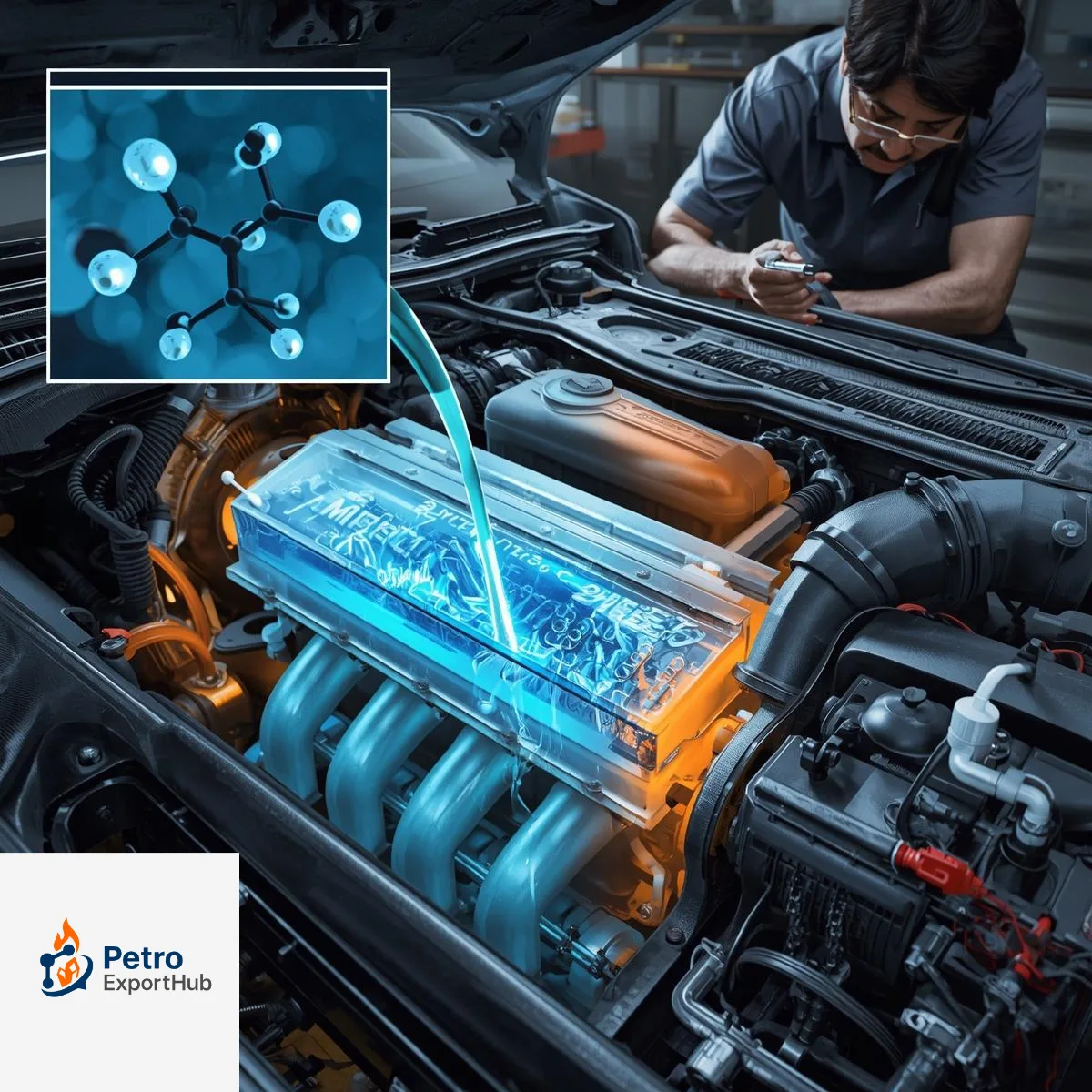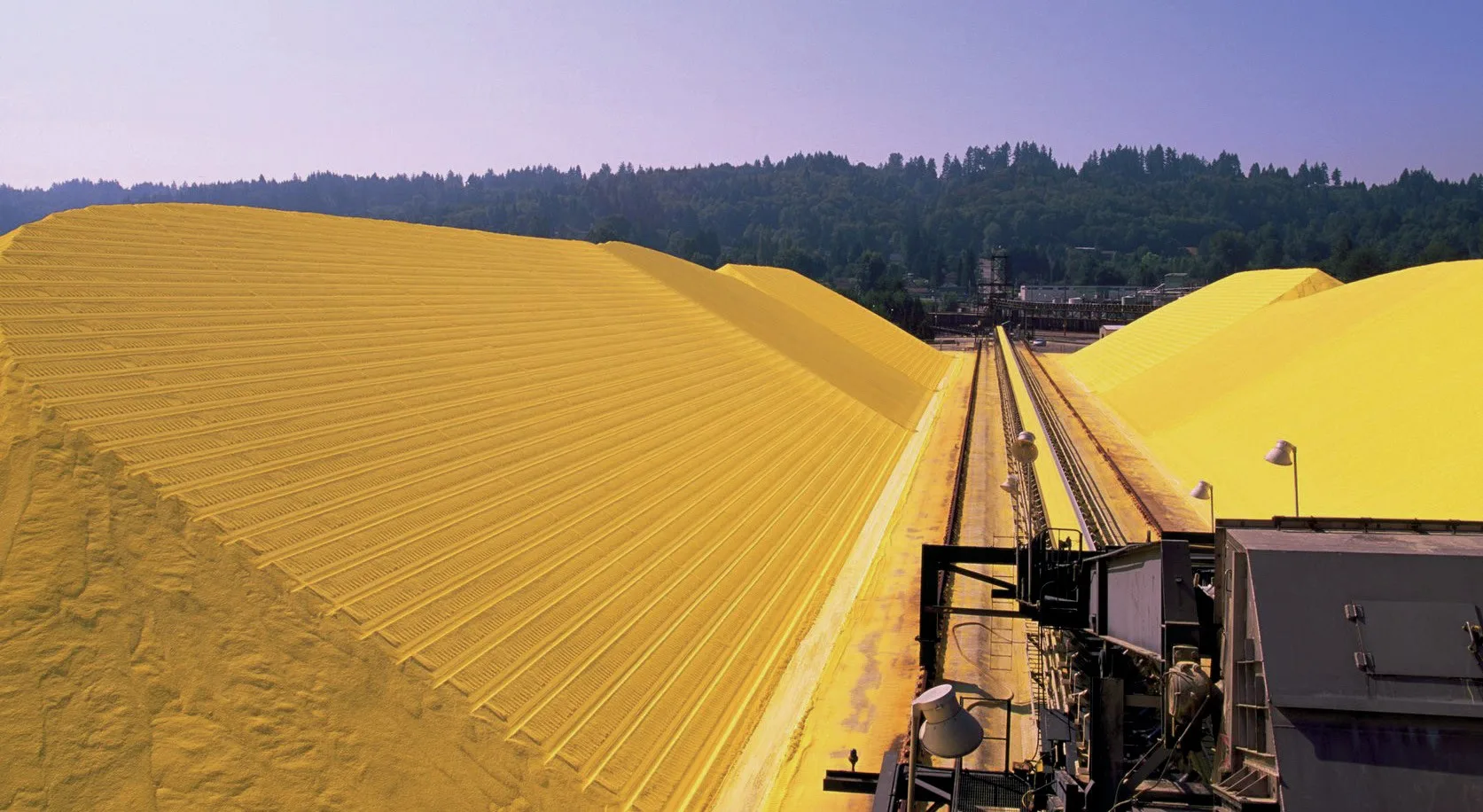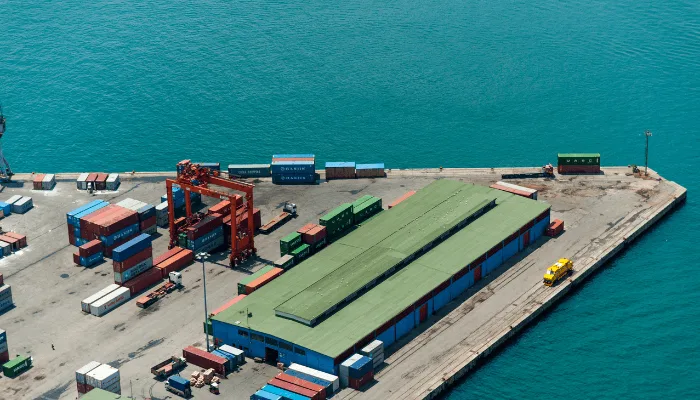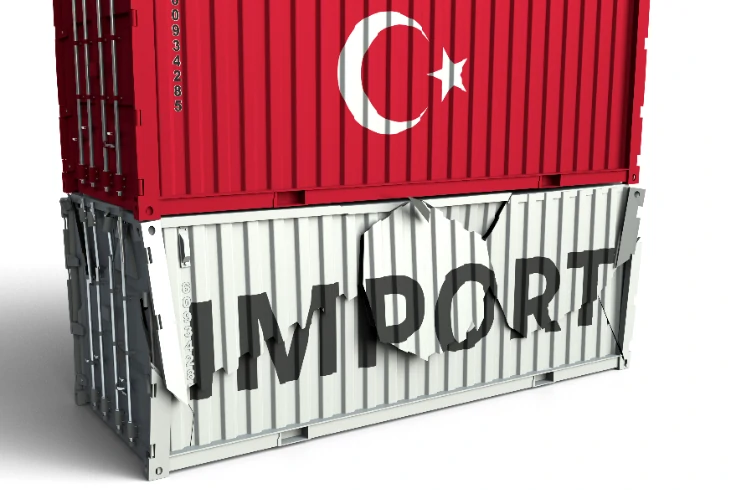
Solvent 100 vs Solvent 150 | High‑Flash Aromatic Solvents Explained
What Are They?
Solvent 100 (Aromatic C9, Solvesso 100) and Solvent 150 (Aromatic C10, Solvesso 150) are high‑flash petroleum-derived aromatic solvents used extensively in paints, coatings, printing inks, pesticides, and industrial cleaning applications.
The “100” and “150” generally refer to their flash point range and boiling range: Solvent 100 has a slightly lower flash point (~46 °C) and boils around 160–180 °C, while Solvent 150 features a higher flash point (~63 °C) and distills in the 180–220 °C range.
Composition & Properties
Solvent 100 (C9 Aromatic):
Distillation: ~158–170 °C
Aromatic content: ~99% C9 hydrocarbons (trimethylbenzenes, ethyltoluenes)
Flash Point: ~43–49 °C
Specific Gravity: ~0.88 at 15 °C
Distillation: ~180–218 °C
Aromatic content: ~99% C10–C11 aromatics
Flash Point: ~60–65 °C
Specific Gravity: ~0.90 at 15 °C
Key Applications & Performance
Both solvents serve high‑solvency roles, but with different performance highlights:
Solvent 100 is ideal when faster evaporation and stronger solvency are needed, often used in coatings and degreasing.
Solvent 150, due to its higher flash point and slower evaporation, is better suited for applications requiring extended open time, improved film formation, and safer handling. Frequently used in adhesives, agrochemical concentrates, varnishes, and rubber compounding.
In paint formulations, Solvent 150 provides smoother flow and slower drying than Solvent 100—beneficial in high‑quality coatings and high ambient temperature applications.
Safety & Environmental Considerations
Solvent 150’s higher flash point (~≈63 °C) makes it safer and less volatile than Solvent 100 (~46 °C). Both meet VOC regulation standards when handled properly and used within specified application ranges.
Quick Comparison Table
| Feature | Solvent 100 (C9) | Solvent 150 (C10) |
|---|---|---|
| Boiling Range | ≈ 160–170 °C | ≈ 180–220 °C |
| Flash Point | ~43–49 °C | ~60–65 °C |
| Aromatic Content | ~99% C9 aromatics | ~99% C10–C11 aromatics |
| Specific Gravity @15 °C | ~0.88 | ~0.90 |
| Evaporation Rate | Faster | Slower |
| Solvency Power | Slightly higher | Very high |
| Ideal Use | Quick-thin, degreasing, cleaning | Coatings, adhesives, agrochemicals |
| Safety | More volatile, lower flash point | Safer handling, less risk |
Choosing Between Them (PetroExportHub Offer)
At PetroExportHub, we deliver both Solvent 100 (C9) and Solvent 150 (C10) directly from Iranian petrochemical supplies. Whether you’re formulating paint, adhesive, ink, or agrochemical, here’s how to choose:
Use Solvent 100 when fast solvency, quick drying, and strong cleaning are priorities.
Opt for Solvent 150 when you need slower evaporation, better film formation, higher flash point safety, or specialized industrial formulations.
Both grades are export-ready, available in drums, IBCs, or flexi-tanks—with full COA, SDS, and documentation available for UAE, Turkey, CIS, and beyond.
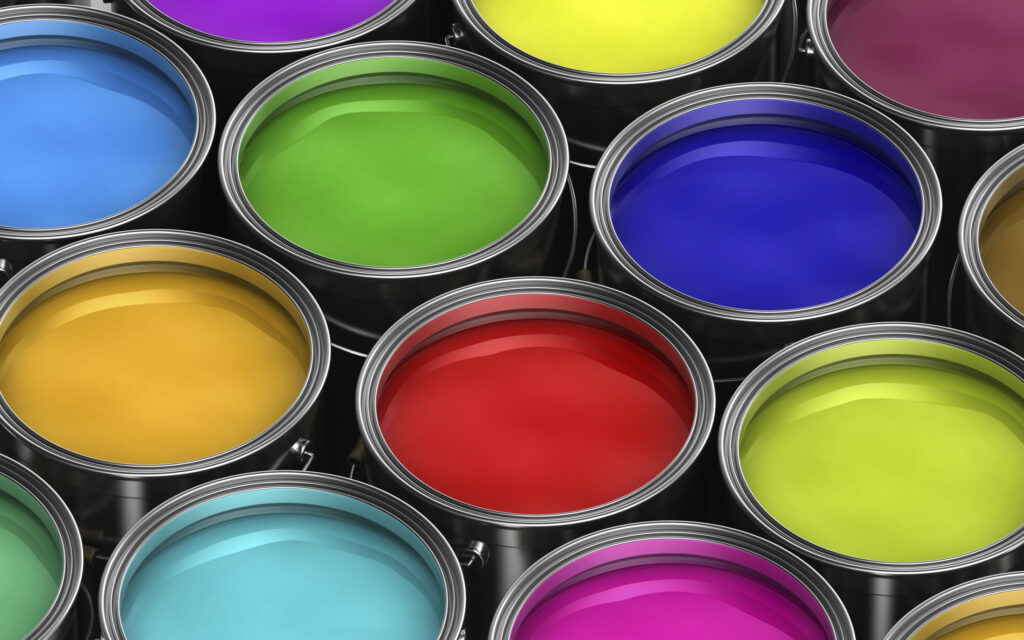
Ready to import Solvent from Iran ?
- At PetroExportHub, we connect you with trusted Iranian Solvent suppliers ready for fast export.
- Info@PetroExportHub.com

Related posts
Mono Ethylene Glycol (MEG) serves as a cornerstone for modern antifreeze and coolant formulations, offering reliable freezing protection and heat resi . . .
Explore Solvent 100’s specs, uses, and export opportunities from Iran. Ideal for paint, ink, and adhesive buyers in India, Turkey, UAE, and Africa. . . .
Explore everything you need to know about exporting sulphur from Iran in 2024 — including types, packaging, documents, ports, prices, and top import . . .
Explore Iran’s top ports for petrochemical exports, including Bandar Imam Khomeini, Assaluyeh, and Bandar Abbas. Compare infrastructure, accessibili . . .
Learn the key differences between polypropylene (PP) and polyethylene (PE), their applications, advantages, and how to choose the right polymer for yo . . .
Discover how a Turkish plastics manufacturer reduced costs by 22% through importing HDPE from Iran. Real-world case study by PetroExportHub. . . .
Learn why Iran is a leading exporter of polyethylene (PE). Discover grades, global applications, and how PetroExportHub connects buyers with top suppl . . .
We are here to answer your questions....
Petro Export Hub
PetroExportHub specializes in the export of premium-grade petrochemicals, minerals, and industrial chemicals from Iran, serving international markets with reliability, transparency, and tailored logistics solutions
Tehran Office
Phone:
0214865484 | +989127607241
Address:
Tehran..
China Office
TEL :
0211400
Address:
Zhongzhou Bie Lu, Zhongcheng Street, Yiwu City, Zhejiang Province, China
Quick Access
Quick Access
- Contact Our Sales Team
- Frequently Questions
- Shipping & Logistics
- Become a Partner
- Certificatins & Quality


